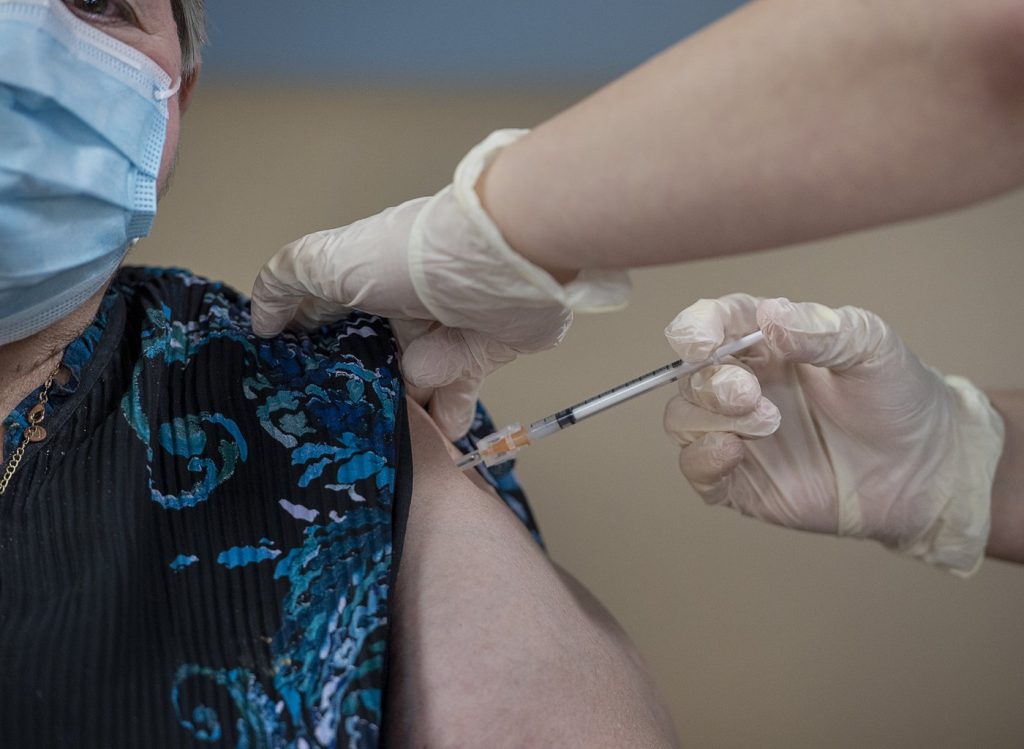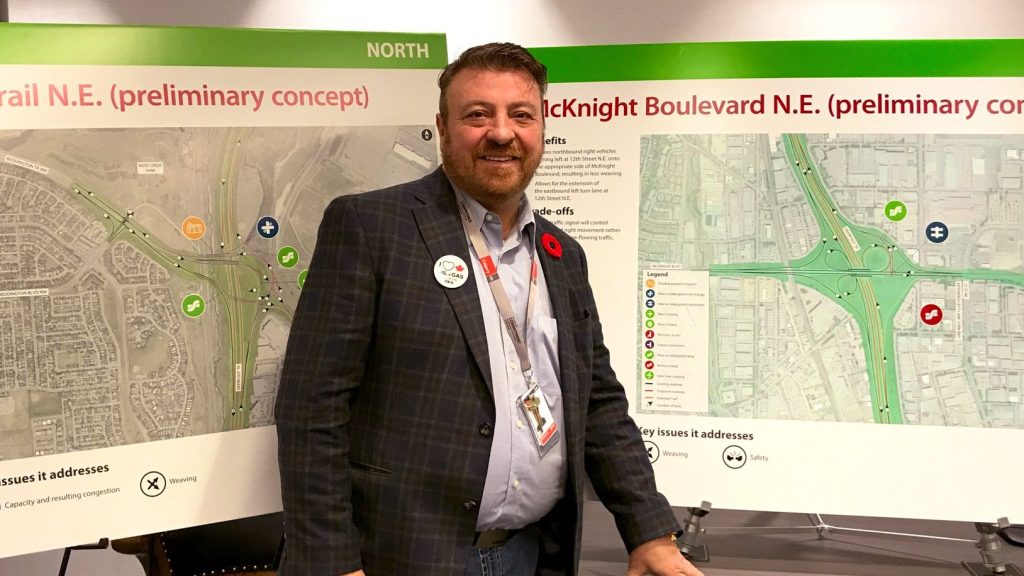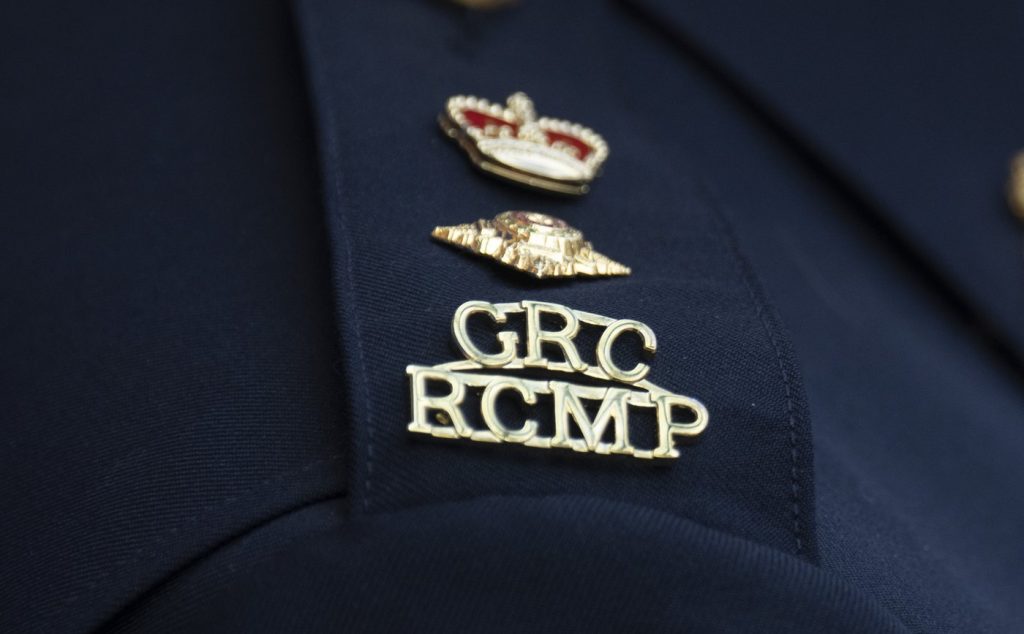Nurse tells inquiry it didn’t seem urgent to check on man in Winnipeg ER
Posted Jan 6, 2014 9:33 am.
This article is more than 5 years old.
WINNIPEG – A man in the same hospital emergency room where Brian Sinclair died during a 34-hour wait says he tried to get help for him but was told there were sicker patients being seen first.
Michael Head told an inquest into Sinclair’s death that he chatted with the double amputee after Head and his wife arrived at the Winnipeg Health Sciences Centre around 1 a.m. on Sept. 20, 2008.
At that point, Sinclair had been waiting for about 10 hours.
“I asked him his name and he said it was Brian Sinclair,” Head testified Monday. “I asked him how long he had been sitting there and he said, ‘Quite a while.'”
Head said he was referred to the triage desk when he told a security guard that Sinclair had been waiting for some time. When Head raised the same concern with a nurse, he was told that sicker patients were being seen first, he said.
“I got mad and I left. They wouldn’t listen to me about this guy. I think he was in pain.”
Bill Olsen, lawyer for the Winnipeg Regional Health Authority, played surveillance footage showing that Head approached the triage desk but never spoke to anyone.
“Is it possible it wasn’t the triage nurse at all that you spoke to?” Olsen asked Head.
“I don’t know,” Head replied.
Sinclair went to the hospital’s ER on the afternoon of Sept. 19, 2008, after he hadn’t urinated for 24 hours. He spoke to a triage aide upon his arrival and then wheeled himself into the waiting room.
Some 34 hours later, he was found dead of a treatable bladder infection caused by a blocked catheter.
Although Sinclair vomited several times while he deteriorated in the waiting room, he was never examined by a medical professional. Rigor mortis had begun to set in by the time he was discovered.
Rob Malo, a nurse working that weekend, testified earlier Monday that he was asked by a junior nurse to check on Sinclair in the early hours of Sept. 21. Malo said the request didn’t seem urgent. He said he finished some triage paperwork before he looked into the waiting area.
“There was nothing in the waiting room, no group of people around an individual,” he said. “There wasn’t any commotion.”
Minutes later, Sinclair’s lifeless body was discovered by a security guard and wheeled into the resuscitation room. He was pronounced dead almost immediately.
It was only after Sinclair was found lifeless that Malo realized the 45-year-old had been in the ER waiting room for two days.
Malo said he had checked during his previous shift to see if Sinclair had a hospital admissions bracelet, but didn’t see one. At the time, Sinclair had been sitting in his wheelchair in the waiting room for about 15 hours.
Sinclair was asleep at the time and Malo said it didn’t strike him as usual. People regularly came in seeking shelter, while others had been discharged and were waiting for a ride, Malo said. He told his lawyer he gave Sinclair’s lack of a bracelet about “10 seconds” of consideration – “if that.”
“There were always more people in the waiting room than there were charts.”It never occurred to him that Sinclair had been waiting for hours without being formally triaged or examined, Malo said.
“People don’t tend to sit for three, four, five hours and not approach somebody,” he testified. “People are usually pretty livid by the time four hours rolls around and they haven’t been called.”
Video surveillance shown by Vilko Zbogar, the Sinclair family lawyer, shows Malo walked past Sinclair less than an hour before he was discovered dead. Malo said he didn’t notice Sinclair.
The inquest is scheduled to sit this week before resuming again in February, when it is expected to examine the broader issue of hospital wait times and backlogs._








